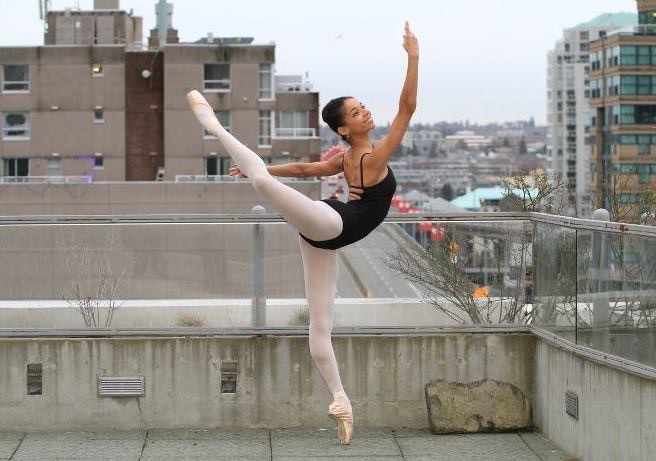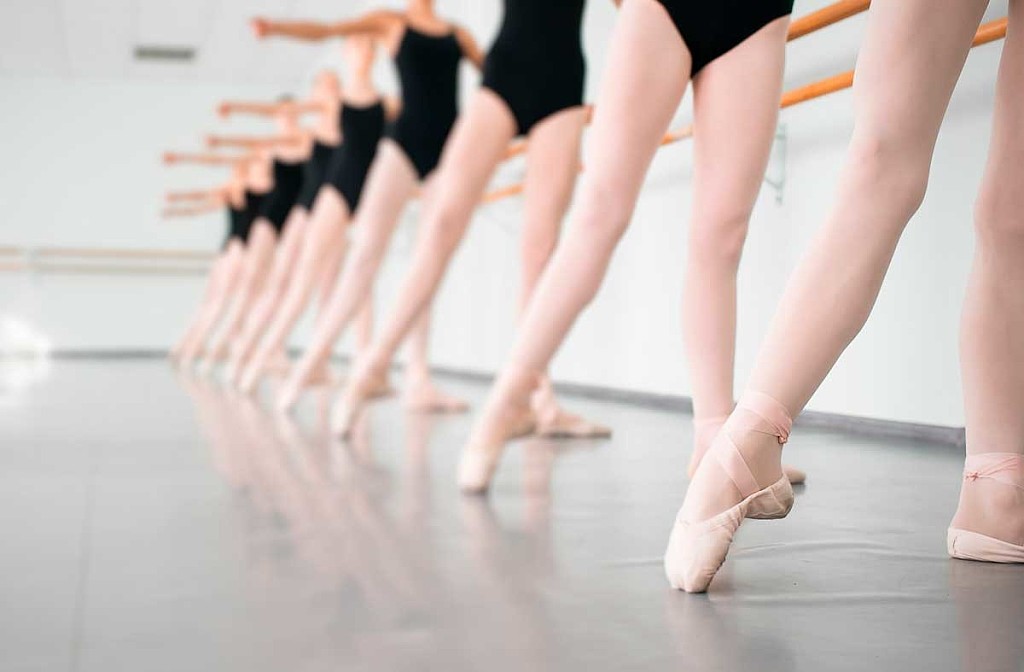Running News Daily
Running News Daily is edited by Bob Anderson. Send your news items to bob@mybestruns.com Advertising opportunities available. Train the Kenyan Way at KATA Kenya and Portugal owned and operated by Bob Anderson. Be sure to catch our movie A Long Run the movie KATA Running Camps and KATA Potato Farms - 31 now open in Kenya! https://kata.ke/
Index to Daily Posts · Sign Up For Updates · Run The World Feed
Did you know that Ballet training can improve your running
Have you ever watched a ballet dancer soar through the air and wondered how they make it look so easy?
It’s a ballet dancer’s training that gives them such athletic grace. Ballet has developed tremendously in recent years, in both demand and aesthetics.

Dancers today are required to have a far greater range of dynamics, flexibility and style. Yet the fundamentals stay the same: continuous practice and repetition of technical exercises that are designed to develop control, strength, precision, a greater range of mobility, fluidity and kinaesthetic awareness (an internal knowledge of where each part of your own body is in movement).
In fact, skills that would make the ideal trail runner. Ballet originates from the 16th century European courts. Ultimately, it is built upon precise alignment.

Ballet is performed in ‘turnout’. This is the rotation of the leg at the hips that causes the feet (and knees) to turn outward, away from the front of the body. The result is that the lower trunk, pelvic region and upper thighs strengthen in order to maintain this healthy alignment.
Core control is paramount, even when stationary. Without it, stabilisation of the pelvis and spine are lost. The upper back loses its strong base and postural errors, such as rounded shoulders, begin to appear.
For the dancer, this means the loss of the ability to balance and to execute movements properly. For the runner this is also true, added to which a weak core causes greater stress for the pelvic floor muscles.
(Both men and women have pelvic floor muscles between the legs which support the internal organs! The pelvic floor comes under greater stress during impact work such as running.)
by Trail Running Magazine
Login to leave a comment




